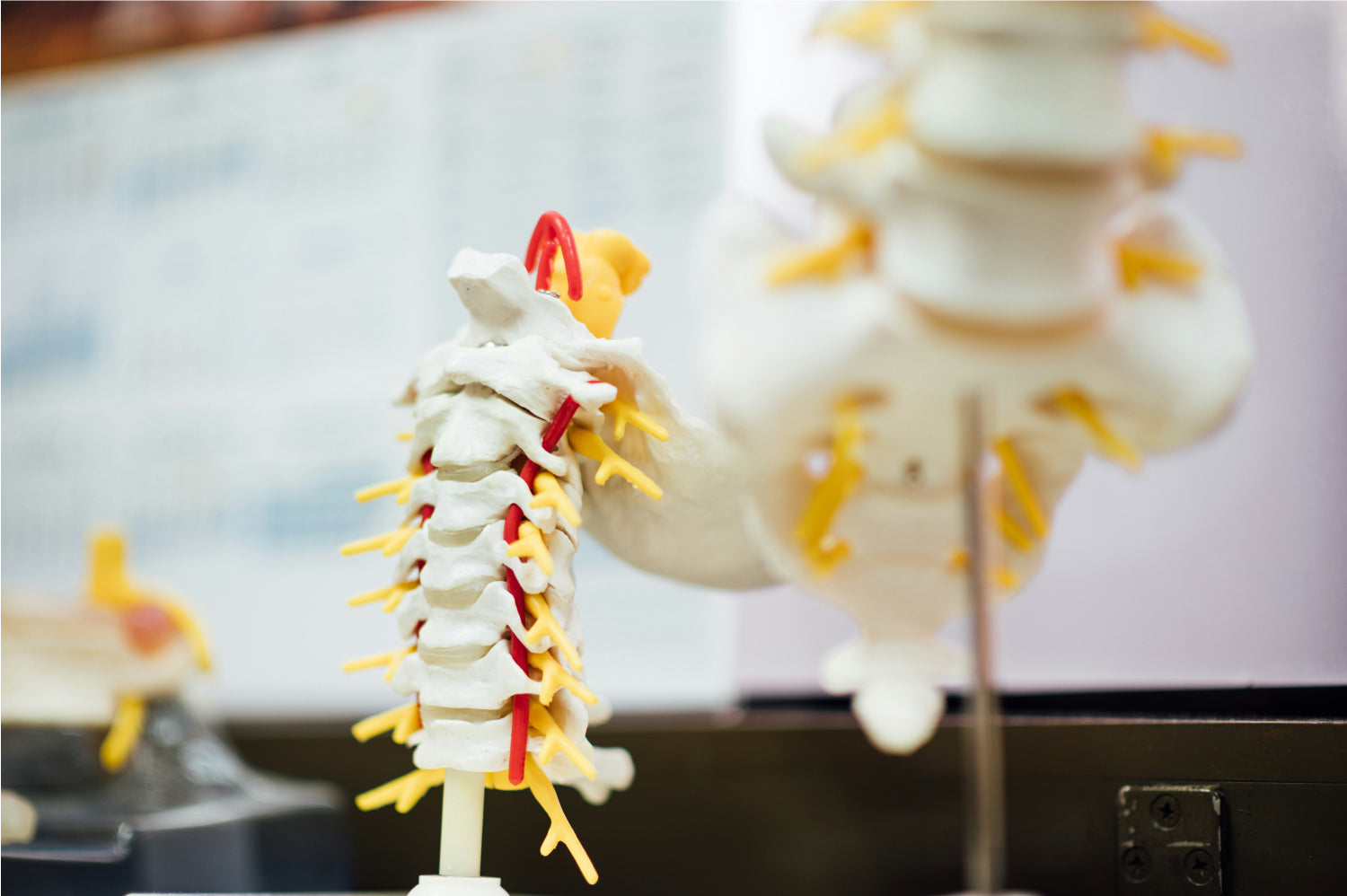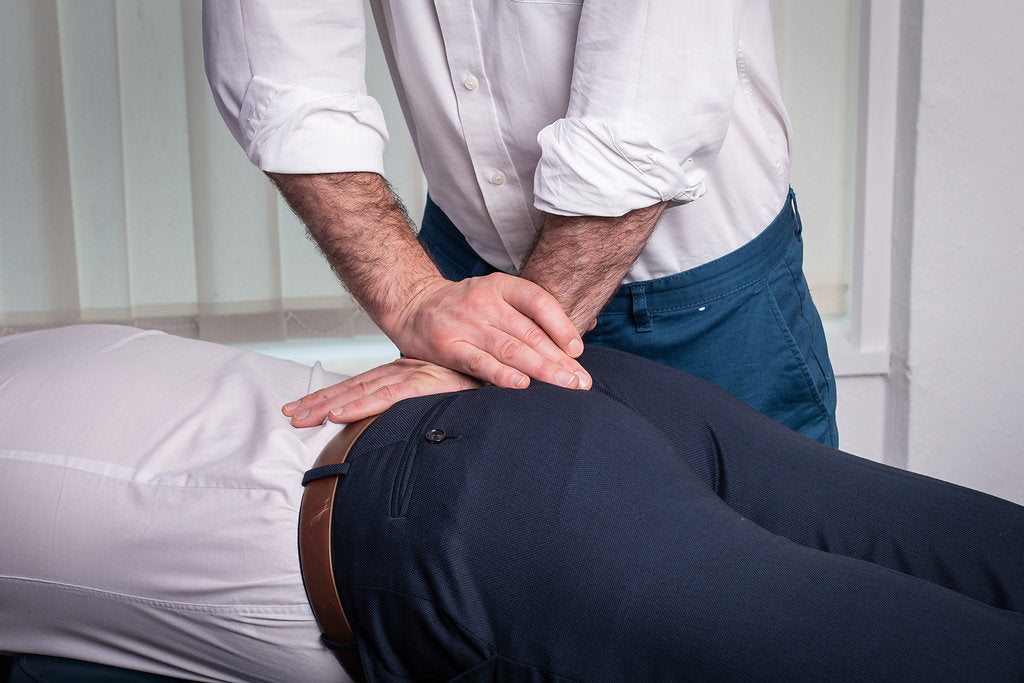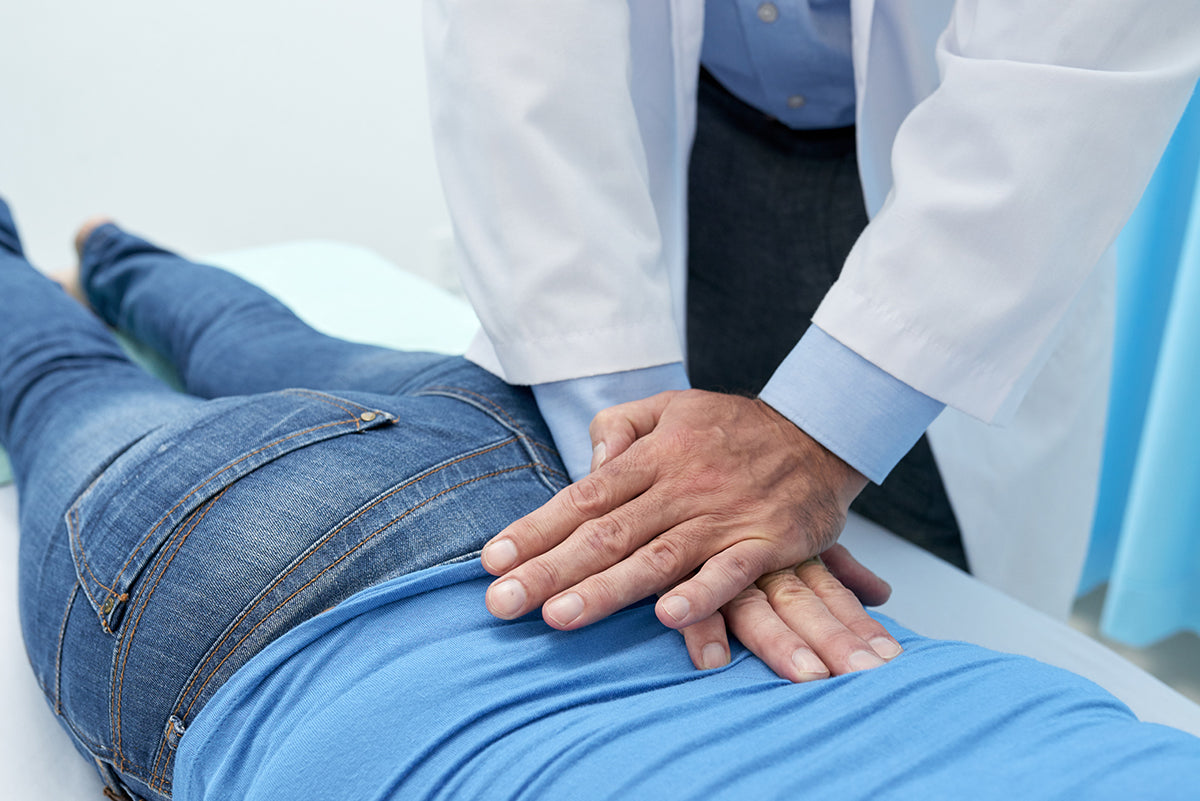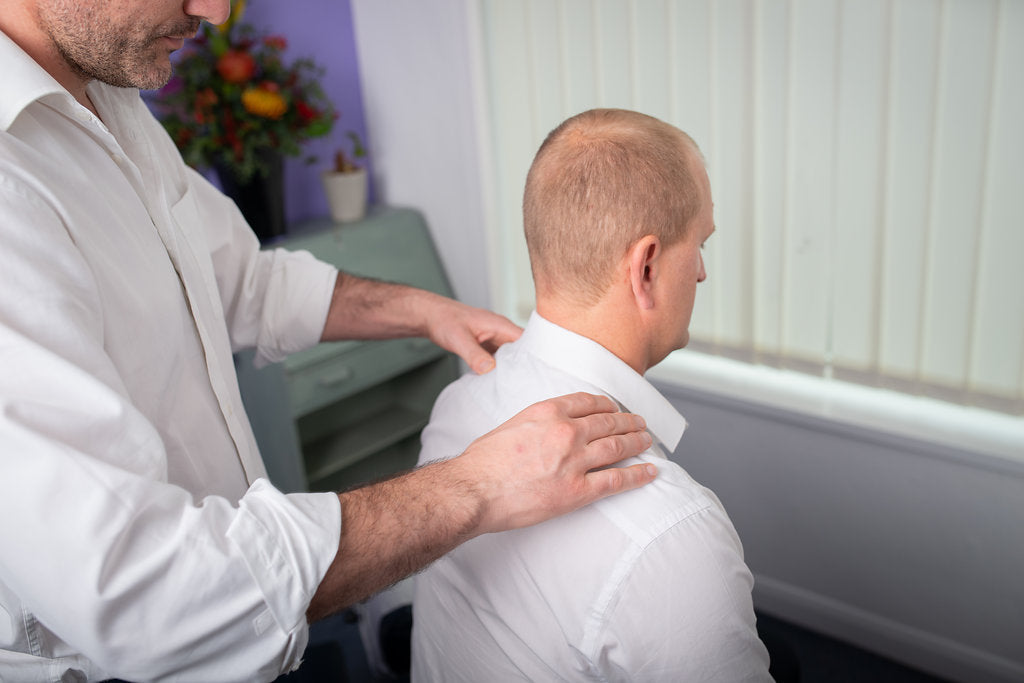
Chiropractic Services in Haywards Heath
We use a number of highly-effective adjusting approaches to help improve spinal biomechanics and reduce nervous system interference. The approach we use is based on our clinical judgment and years of experience.
Are you suffering from:
There are many reasons why your body can be in pain, however the first step to understanding and treating your discomfort is focusing on the area that is causing issue and establishing any underlying reasons for the pain.
Collapsible content
Back Pain
Your spine is one of the strongest parts of your body. It is made of solid blocks of bone known as vertebra, joined together by softer pads or discs which act as shock absorbers and maintain flexibility. Your back is reinforced by strong ligaments, surrounded by powerful muscles for support. It is, in fact, surprisingly difficult to damage your spine.
The majority of people with back pain are suffering from what is known as ‘simple’ or ‘mechanical’ back pain. This means that the pain is not related to any serious underlying condition and there are no trapped or compressed nerves. We do not always know the exact tissues that are involved in simple back pain. Muscles, joints and ligaments can all be involved. Simple back pain can be caused by poor posture, prolonged sitting in an uncomfortable position, and even muscular tension due emotional or work-related stress.
Pain in the lower back (lumbago) is particularly common, although it can be felt anywhere along the spine – from the neck down to the hips.
Causes are repeated heavy lifting or a sudden awkward movement can strain back muscles and spinal ligaments.
Numbness, tingling, or weakness
If you are experiencing pain that shoots down into your leg — especially all the way to the bottom of your leg. This could indicate something more serious than a strained muscle, such as a damaged disk, compression on a nerve or facet joint inflammation.
Neck Pain
Neck pain is very common. Most people will suffer one or more episodes of neck pain during their lives. In many cases, it starts suddenly and gets better quickly, without the need for any treatment.
However, Your spine is one of the strongest parts of your body. It is made of solid blocks of bone known as vertebra, joined together by softer pads or discs which act as shock absorbers and maintain flexibility. Your back is reinforced by strong ligaments, surrounded by powerful muscles for support. It is, in fact, surprisingly difficult to damage your spine.
the neck becoming locked in an awkward position while sleeping, bad posture – for example, when sitting at a desk for a long time, a pinched nerve, an injury – for example, whiplash from a traffic accident or fall
Shoulder Pain
What most people call the shoulder is really several joints that combine with tendons and muscles to allow a wide range of motion in the arm — from scratching your back to throwing the perfect pitch.
Mobility has its price, however. It may lead to increasing problems with instability or impingement of the soft tissue or bony structures in your shoulder, resulting in pain. You may feel pain only when you move your shoulder, or all of the time. The pain may be temporary or it may continue and require medical diagnosis and treatment.
To relieve shoulder pain, you may find that heat or cold packs can help to reduce your pain. If you are experiencing intense pain or pain that worsens, it is recommended that you visit a specialist who may conduct a physical examination to look for abnormalities, swelling, deformity, tenderness or muscle weakness, as well as checking your shoulder’s range of motion and strength. Additionally, they may order imaging tests (e.g. an X-ray). In order to help to recover, your specialist can suggest gentle stretching exercises and physical therapy.
Nerve Pain
People with nerve pain feel it in different ways. For some, it’s a stabbing pain in the middle of the night. For others, symptoms can include a chronic prickling, tingling, or burning they feel all day.
Uncontrolled nerve pain can be hard to bear. But with treatment, it can often be adequately controlled.
Unfortunately, treating neuralgia is not an easy task and treatment will vary depending on the cause, location, and severity of your pain. The first step your specialist will likely take will be to identify the cause of the nerve problem and work to reverse or control it.
-

SOT
Sacro Occipital Technique helps normalize the relationship between the pelvis and the head, using gravity to make the necessary correction.
-

Thompson
Thompson Terminal Point technique is a system of analysis and a special table that reduces the amount of energy needed to adjust your spine.
-

Diversified
After identifying which vertebrae have lost their normal motion or position, a specific manual thrust is applied to free up “stuck” spinal joints.
-

Activator Methods®
This is a system of spinal evaluation combined with a handheld adjusting instrument that delivers a consistent, low-force thrust.
Benefits of using the Back Doctor Team
Chiropractors at The Back Doctor are experienced in adjusting babies from one day old and our techniques are gentle and safe for everyone including the very elderly and those who have had back surgery. You will be seen as an individual with different needs that are unique to you. Please share any concerns or fears with your Chiropractor as each Chiropractor has a range of techniques at their disposal to accommodate every situation.




